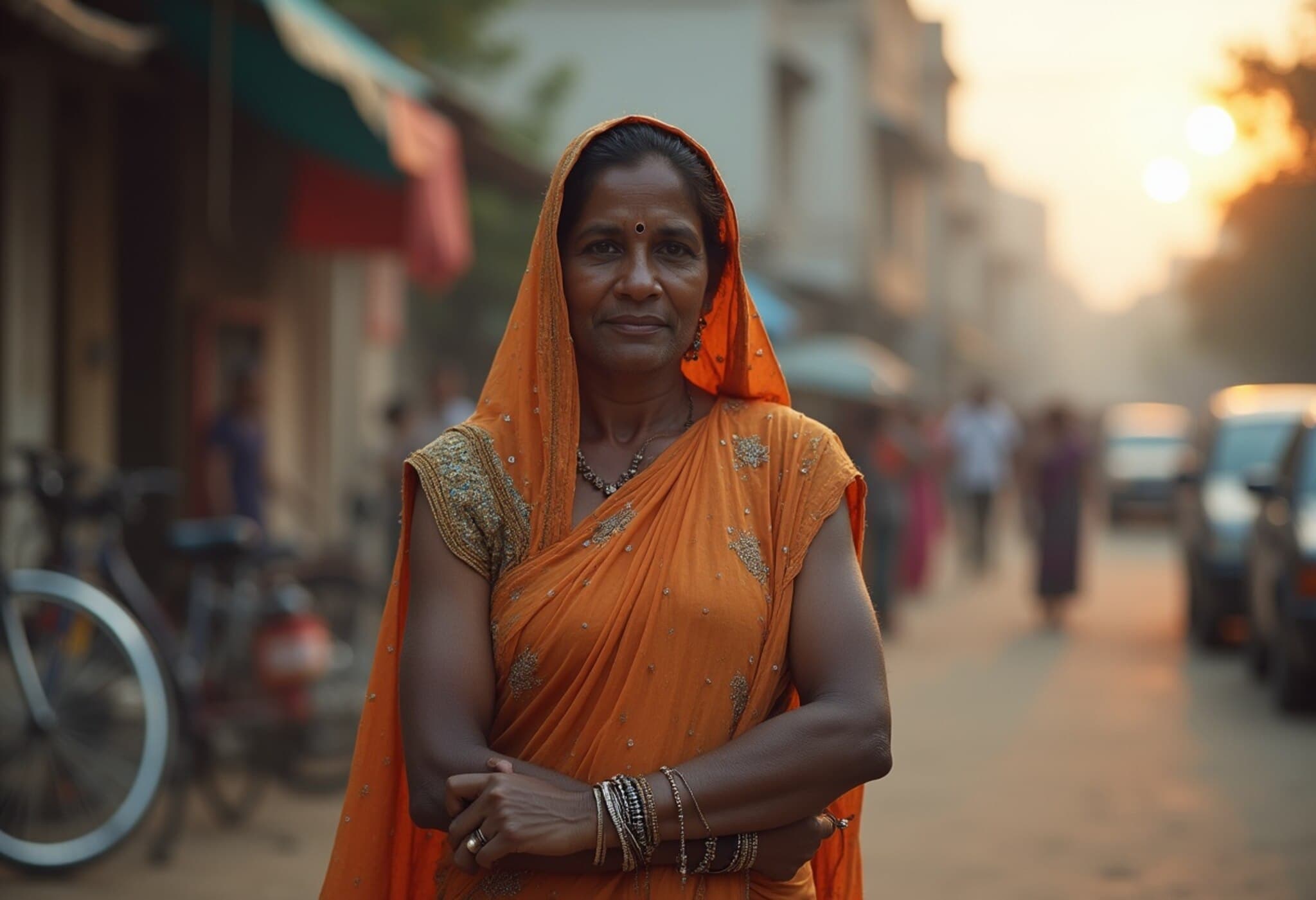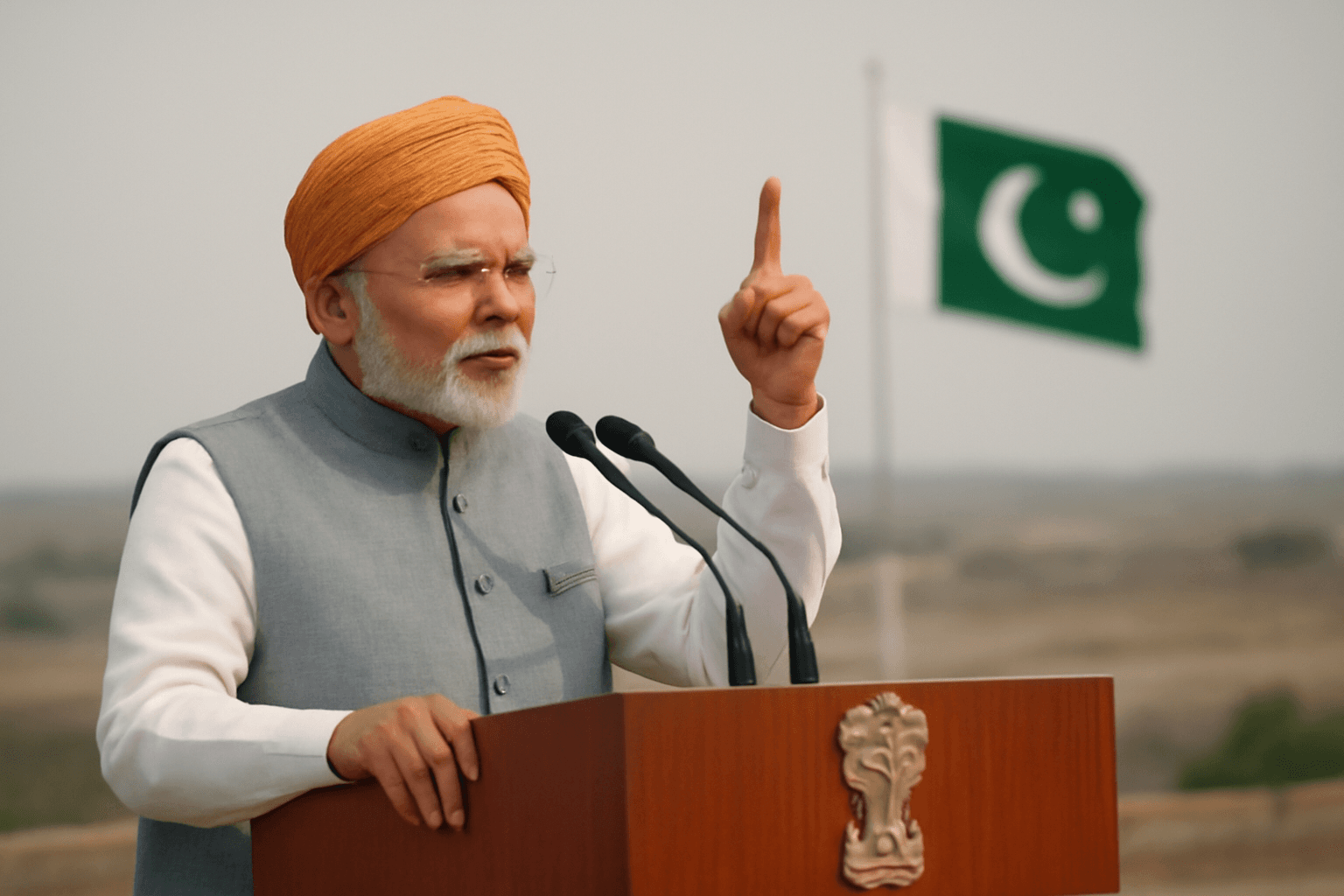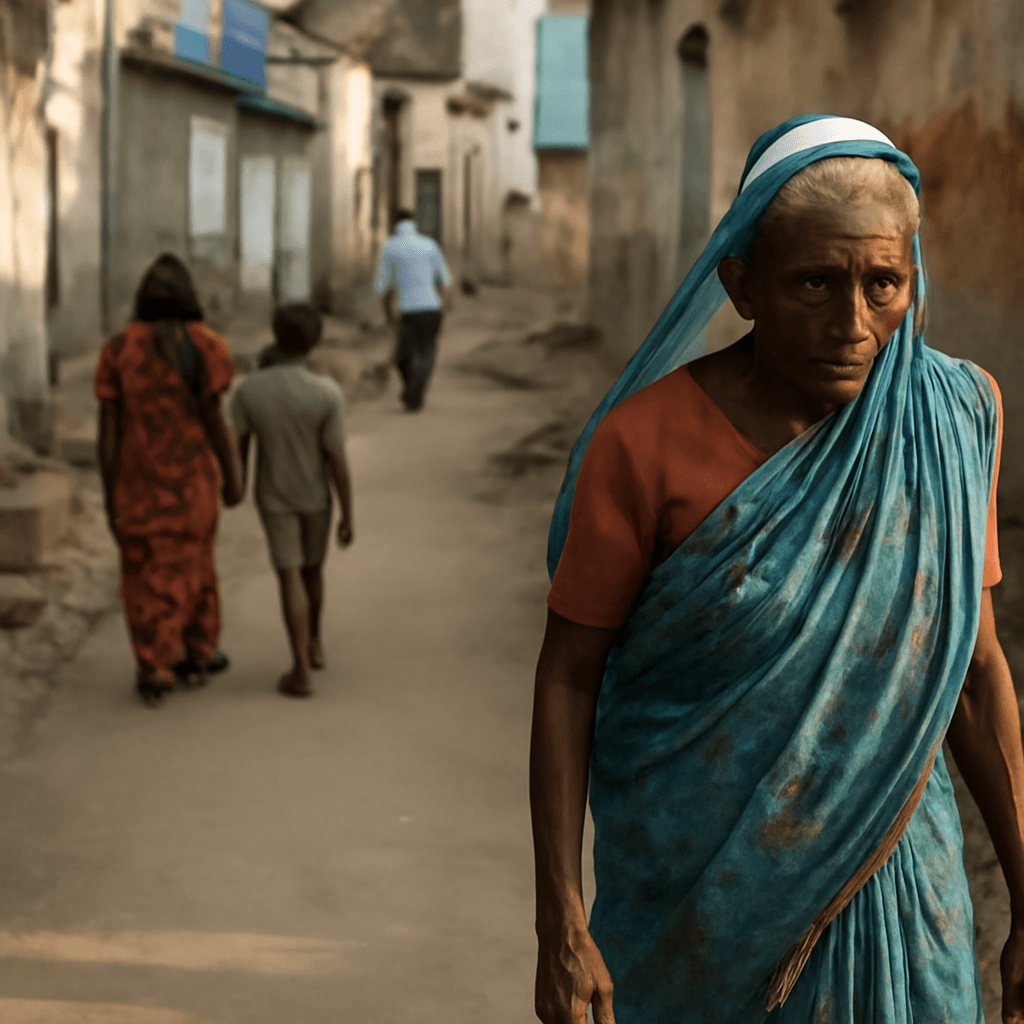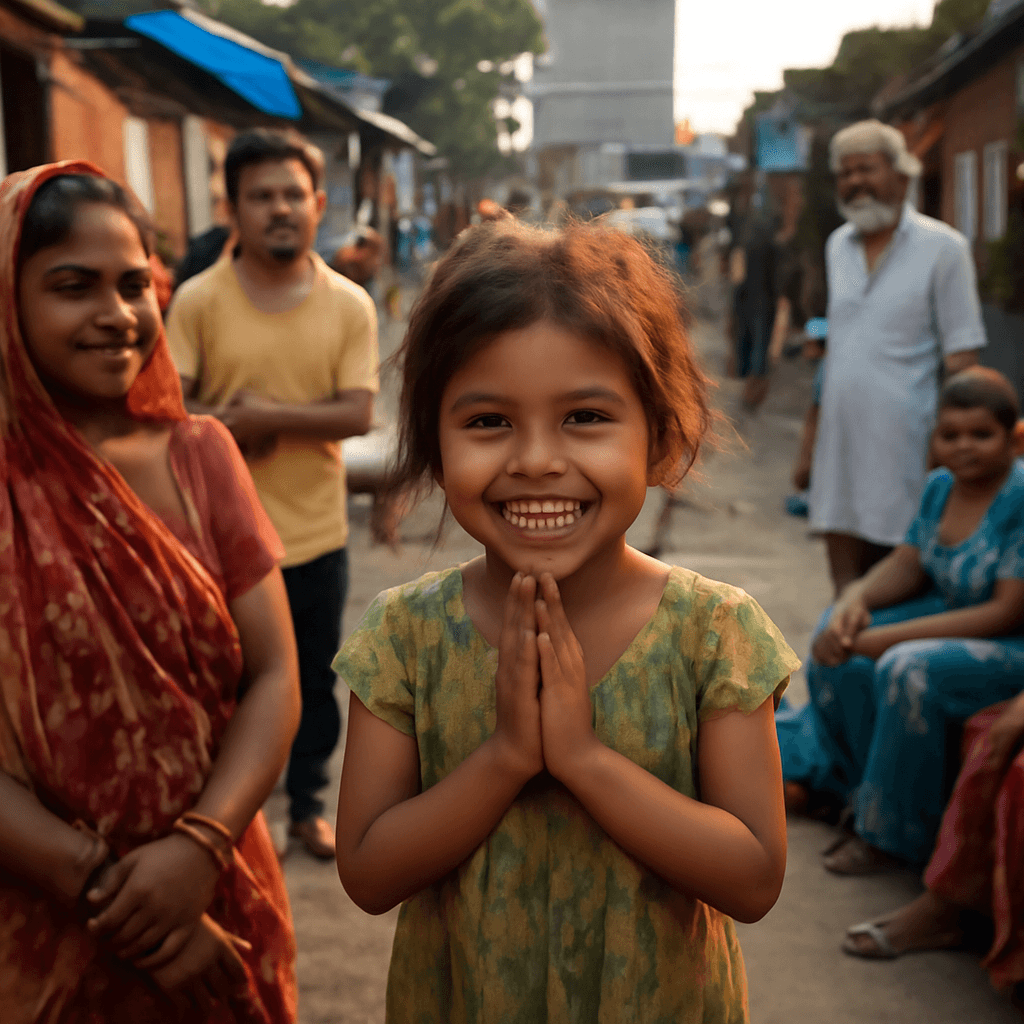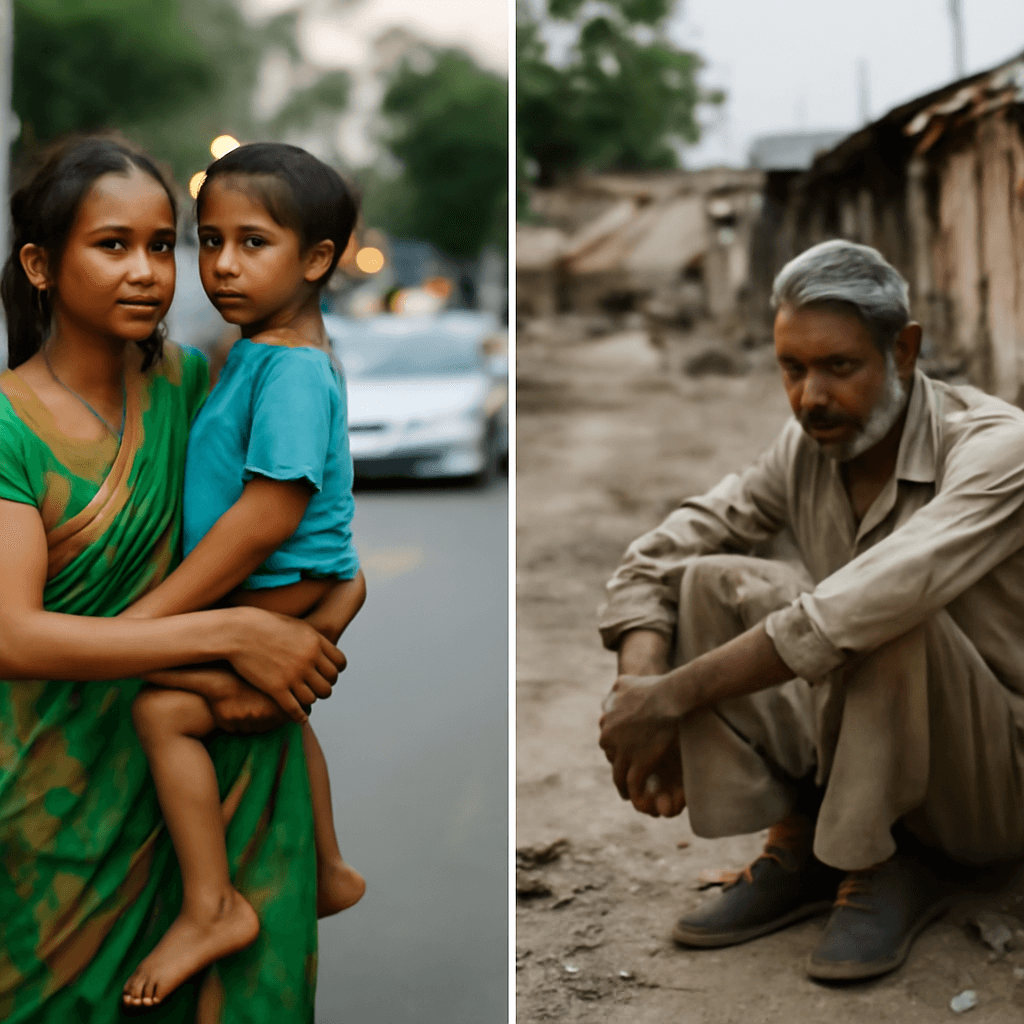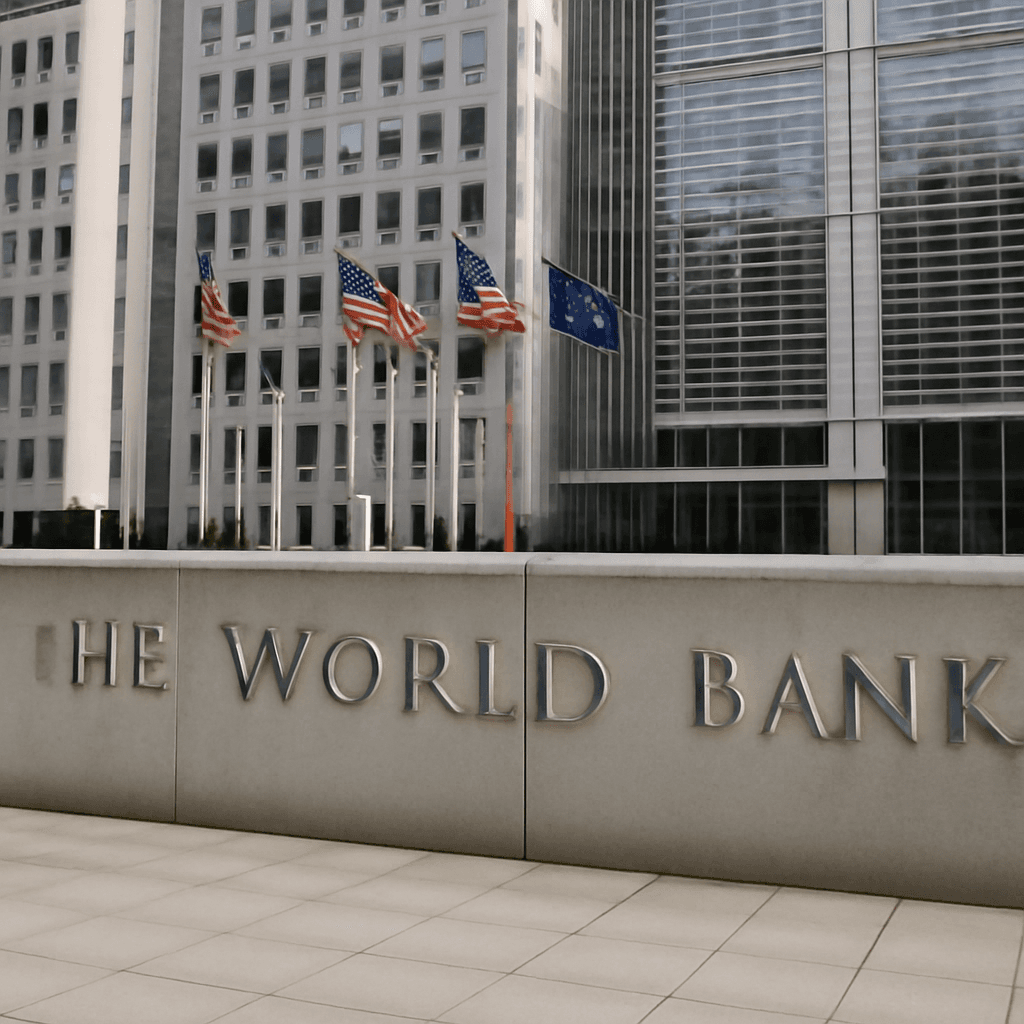India Achieves Remarkable Progress in Income Equality
India has secured a notable position as the world’s fourth most income-equal society, according to the latest data released by global economic monitors. With a Gini Index of 25.5, the country now ranks just behind the Slovak Republic, Slovenia, and Belarus, setting a new benchmark in equitable wealth distribution.
Understanding the Gini Index and India’s Leap
The Gini Index, ranging from 0 (perfect equality) to 100 (maximum inequality), serves as a key barometer of income disparity. India’s current score of 25.5 represents a significant improvement from 28.8 recorded in 2011, signaling a persistent stride towards fairer economic growth across diverse population segments.
Policy Reforms Driving Inclusive Growth
Government initiatives have been at the heart of this transformation. A statement from the Ministry of Social Welfare emphasised that India's success reflects sustained focus on poverty reduction, enhanced financial access, and targeted welfare delivery.
Key Programs Fueling Equality
- Financial Inclusion: The PM Jan Dhan Yojana has revolutionized banking access, bringing over 55 crore bank accounts into the formal financial ecosystem.
- Digital Identity and Welfare Efficiency: Aadhaar, covering more than 142 crore individuals, has streamlined welfare programs using Direct Benefit Transfers (DBT), saving an astounding Rs 3.48 lakh crore by March 2023.
- Healthcare Access: Ayushman Bharat offers up to Rs 5 lakh health coverage per family, distributing over 41 crore health cards, bridging health equity gaps.
- Entrepreneurship and Social Support: Stand-Up India supports SC/ST and women entrepreneurs, while PM Vishwakarma Yojana provides artisans with essential loans and skills training.
- Food Security: The PMGKAY scheme has positively impacted more than 80 crore people, ensuring broader access to nutrition and subsistence.
Impact on Poverty and Global Standing
One of the most telling indicators of India’s progress is the dramatic reduction in extreme poverty. Between 2011 and 2023, approximately 171 million Indians escaped extreme poverty, with the poverty rate plunging from 16.2% to just 2.3% based on the global $2.15 per day threshold.
Impressively, India's Gini coefficient outperforms many leading economies, including China (35.7), the United States (41.8), and all G7 and G20 countries—a testament to its inclusive development model.
Looking Ahead
India's achievement highlights how focused socio-economic reforms—centered on inclusion, transparency, and direct support—can reshape the equitable distribution of wealth in a vast and diverse nation. These gains not only improve living standards at home but also position India as a global leader in income equality.

